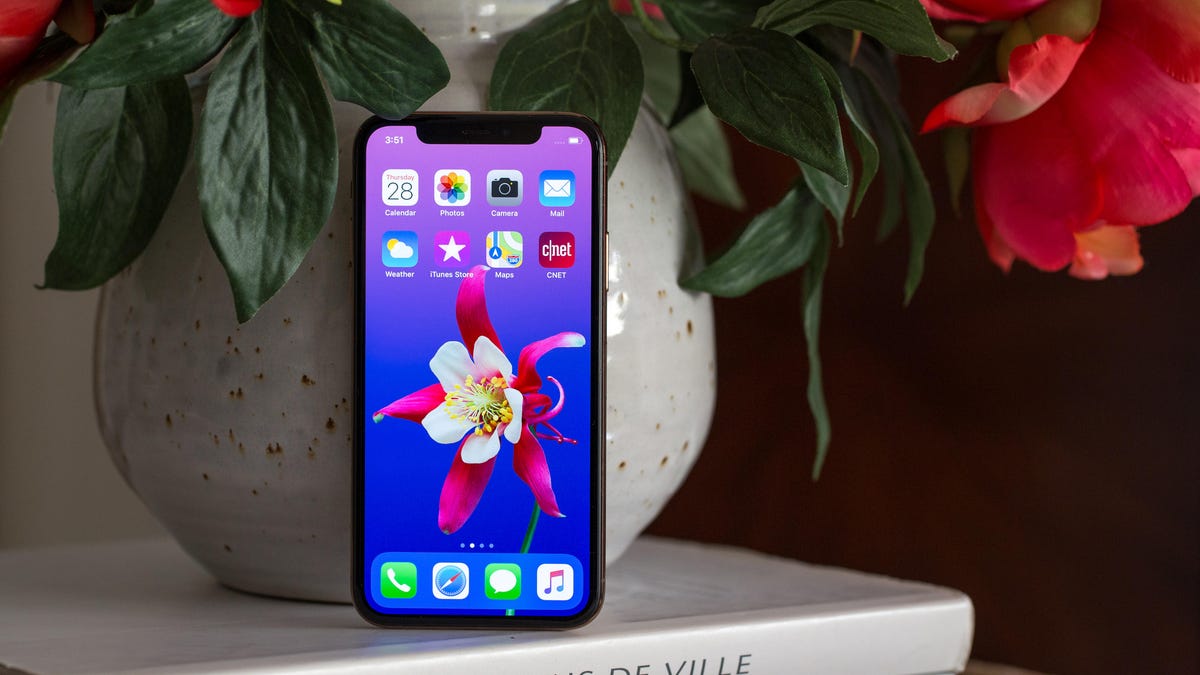All the ways the iPhone, iPad browser finally grow up in iOS 13
Apple blesses its Safari browser with the desktop-class tools we’ve been craving for too long.

Browsing should get better with iOS 13.
One of the biggest weaknesses of Apple's mobile Safari browser on the iPhone and iPad has been the lack of desktoplike features. (Check out our iPhone 11 and iPhone 11 Pro reviews.) Doing routine tasks like downloading a file, while possible, was a hassle. Then there's the fact that the browser defaulted to loading only the mobile version of websites, even as our phones and tablets got more powerful and capable. With the release of iOS 13 and iPadOS 13, that's about to change.
Arguably, the iPad is going to benefit the most from improvements made to Safari, but the iPhone's web browsing capabilities are also leveling up. There are new site-specific settings, a download manager and an automated way to close old tabs that you'll never look at again.
Safari isn't the only things receiving big upgrades in iOS 13. There's a new gesture keyboard, a systemwide dark mode and new privacy features that make it easier to keep your location data private.
Desktop-class Safari
One of the biggest criticisms of Apple's iPad has been that it lacked the same powerful web browser that we have access to on a computer. Instead of using the desktop version of websites like Google Docs or WordPress, the iPad (and iPhone) would use the mobile version of each site.
In iPadOS, Apple has upgraded Safari so that it's able to handle the desktop version of most websites.
You don't have to change any settings or turn on any features to begin seeing the more powerful Safari. You should immediately see the difference in sites you previously had trouble using (Gmail is a good example).
There's a real download manager in mobile Safari now.
Download manager
The iPhone and iPad both have a new download manager in Safari. Instead of trying to download a file and hoping that you have an app installed on your phone or tablet where you can save it, the downloads manager adds a Downloads folder to iCloud Drive. You can then access your Downloads folder in your iCloud Drive account on Mac, iPhone and iPad.
If you'd rather have downloaded files saved to Dropbox or another storage service, open Settings > Safari > Downloads and select your preferred location. This is also where you can set how often you want the downloads list to reset.
You don't have to keep Safari open on the page you're downloading a file from -- keep using your device and Safari will finish the download in the background.
You'll notice the manager isn't always visible in Safari; it only shows up during active downloads, and then remains briefly visible after the download is finished.
When the download manager button is visible, tapping on it will reveal active and recent downloads. Tap on the X next to an active download to cancel it, while the magnifying glass will launch the Files app directly to that file. Swipe to the left on a previous download to remove it from the list.
Safari has more options to control how each website looks and acts on your iPhone or iPad.
Settings for each website
You can no longer long-press on the refresh button to request the desktop (or mobile) version of a site or toggle any content blockers for a webpage. Instead, there's a new "Aa" button on the left side of the address bar where you'll find those settings, along with a few new options.
After tapping on the button you'll see options to increase or decrease the text size of a page, switch to reader mode, hide the toolbar, switch between desktop and mobile versions of a site, adjust your content blocker and change website settings.
Site-specific settings are a nice touch in iOS 13 and iPadOS.
That last option is, perhaps, the most notable of the changes as it allows you to set site-specific settings for things like always requesting the desktop version of the site, controlling content blockers and granting or denying access to your device's camera, microphone and location.
Auto-closing Safari tabs is convenient.
Auto-close unused tabs
The first time you clean out older open tabs in Safari, you'll be asked how often you want the browser to automatically close unused tabs. The benefit here is that older tabs take up memory, even if they aren't actively being used -- not to mention that trying to find a specific tab when you have dozens of open tabs open is a chore.
If you want to change the frequency or if you dismissed the prompt the first time around, open the Settings app and select Safari > Close Tabs and pick your desired frequency.
There's so much more to iOS 13 and iPadOS, and we'll continue covering announced and hidden features leading up to its release.
Originally published earlier this year. Updated with new information.

